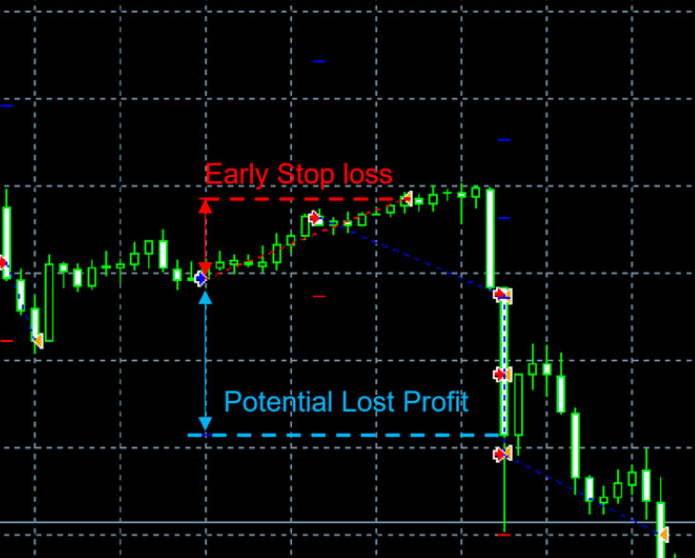In the world of currency trading, distilling complex macroeconomic data into actionable signals is both an art and a science. One powerful approach to achieving this is regression-based learning—a method that systematically combines multiple macroeconomic indicators to generate reliable, point-in-time FX trading signals. This blog explores how such an approach can be applied to developed market currencies, focusing on out-of-sample evaluation and long-term strategy performance.
Why Regression-Based Learning Works for FX
Currency values are influenced by a wide range of macroeconomic forces: growth differentials, interest rate dynamics, inflation expectations, and more. Given the multitude of potential predictors, regression-based learning offers an efficient way to weigh their relevance, filter out noise, and create a unified signal. By optimizing model parameters sequentially, this technique can adapt to structural changes in the data while preserving out-of-sample credibility.
The benefit lies in transparency and robustness. Linear models offer easy interpretation, and with constraints like non-negativity or the exclusion of intercepts, they remain grounded in economic logic. As macro environments evolve, the model adapts—yet the core structure remains stable.
The Macro Indicators Behind the Signals
This analysis targets currencies from seven developed countries outside the G3 (U.S., eurozone, and Japan): AUD, CAD, NZD, CHF, NOK, SEK, and GBP. Signals are designed to forecast returns in one-month forward positions, adjusted for volatility, and rebalanced monthly.
The learning process draws from nine macroeconomic categories that have theoretical justification for influencing exchange rates:
- GDP Growth Differentials: Faster growth in the local economy versus its benchmark suggests competitiveness and tighter policy, supporting currency strength.
- Business Confidence Trends: Improvements in manufacturing sentiment often precede stronger economic performance, making them early indicators of positive returns.
- Labor Market Shifts: A tightening local labor market relative to peers signals higher inflationary pressure and interest rate expectations.
- Core Inflation Deviations: When local core inflation surpasses central bank targets more than in peer economies, it points to probable rate hikes.
- Output Price Trends (GDP Deflators): Rising domestic output prices relative to targets suggest both monetary policy tightening and favorable trade conditions.
- Inflation Expectations: Markets that anticipate stronger inflation are more likely to see central banks act, boosting currency appeal.
- Real Interest Rates: A higher real yield (after adjusting for inflation expectations) implies greater reward for holding the currency.
- External Liability Trends: Rapid increases in foreign borrowing may precede currency pressure as those flows reverse.
- Terms of Trade Movements: Improved export-import price ratios often precede capital inflows and macro outperformance.
Each indicator is standardized across time and regions, removing look-ahead bias and aligning with market convention.
Implementing the Learning Framework
The learning system is structured as follows:
- Feature and Target Preparation: Economic indicators and returns are formatted as panel data. Features are lagged to reflect actual information availability, while targets capture subsequent FX forward returns.
- Cross-Validation Design: A rolling panel splitter separates training and testing data, increasing the number of splits over time to reflect growing sample size. This ensures that the learning process matures as more data become available.
- Model Selection and Optimization: Regression models are evaluated using R² scores. The process explores variations such as intercept inclusion/exclusion and coefficient constraints.
- Signal Generation: Each month, an optimal model is selected based on recent data, and the model produces the trading signal for the following month.
- Evaluation: Signals are tested against both a simple average of indicators (conceptual parity) and a long-only benchmark to determine added value.
Key Takeaways from the Baseline OLS Approach
The initial regression method uses ordinary least squares with optional constraints. Over time, simpler, more constrained models—those without intercepts and with non-negative weights—tended to outperform, especially in periods with limited or noisy data. This reflects the common macro modeling tradeoff: more flexibility increases variance, potentially degrading forecast stability.
From 2003 to 2024, the model identified four indicators as consistently valuable:
- Unemployment trends
- Manufacturing confidence shifts
- Inflation expectations
- Terms of trade dynamics
While others showed episodic value, these four provided steady contributions across macro regimes.
Accuracy statistics hovered around 54% for monthly returns, and correlation metrics consistently confirmed the signal’s predictive power. A naïve backtest of the strategy produced a Sharpe ratio above 0.5 and a Sortino ratio near 0.8—outpacing the conceptual parity model and showing persistent performance even in the 2020s. Notably, the strategy had negligible correlation with global equities or bonds.
Lessons and Limitations
Although the learning framework delivered strong results, one subtle challenge emerged: signal magnitude declined over time. As model coefficients shrank, so did the size of trading positions. This muted the PnL trajectory despite improved signal quality, suggesting that raw predictive output may need adjustment for statistical strength or economic impact.
Exploring Alternative Learning Methods
To address this, three additional regression variants were tested:
- Regularized Regression (Elastic Net): Adds penalties to control overfitting. Results were mixed, with lower performance than OLS, possibly due to excessive model changes.
- Sign-Weighted Learning: Balances model fit across positive and negative returns. This variant performed comparably to OLS in both accuracy and return metrics.
- Time-Weighted Learning: Prioritizes recent data through exponential decay. This approach also maintained strong performance and improved signal responsiveness.
Each method produced statistically significant signals, with Sharpe ratios ranging from 0.5 to 0.6 and minimal correlation to risk benchmarks. The Elastic Net underperformed, potentially due to frequent parameter shifts and model instability caused by limited macroeconomic data depth.
Conclusion
Regression-based learning offers a rigorous, adaptive framework for turning macroeconomic insight into real-world trading signals. By combining theory-driven indicators with disciplined model selection, the approach strikes a balance between flexibility and robustness. Over two decades, this methodology has delivered consistent returns, low correlation to major asset classes, and insights into the evolving drivers of currency markets.
While refinements—such as accounting for signal confidence or volatility—can further enhance performance, the core message is clear: thoughtful statistical learning, anchored in macroeconomic theory, can meaningfully improve FX trading outcomes.
